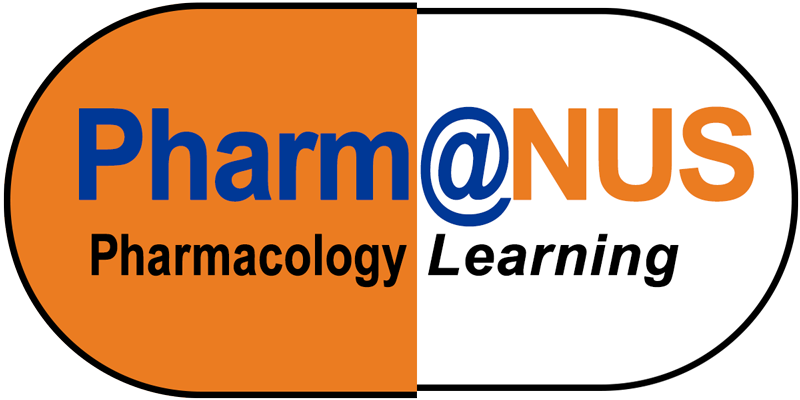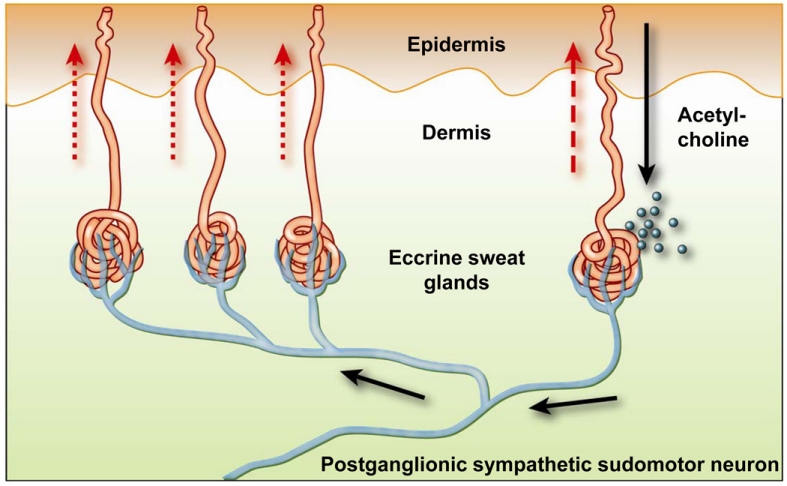Non-steroidal anti-inflammatory drugs (NSAIDs) are used to control pain and inflammation in gout. Aspirin is the prototypical NSAID and is available over-the-counter (i.e. without a doctor’s prescription or consultation with a pharmacist or prescribing nurse). So why are patients with gout told not to take aspirin?
Gout is caused by elevated uric acid levels. At high levels, uric acid is deposited as monosodium urate crystals in the tissues of the joints. When the body’s immune system attacks the monosodium urate crystals, it triggers severe bouts of pain and inflammation. During these acute gouty attacks, the priority in the treatment of gout is to reduce the pain and inflammation. NSAIDs can help to achieve this. Between gouty attacks, a key aim in the treatment of gout is to reduce the plasma levels of uric acid to prevent recurrence of acute gouty attacks. This can be achieved by dietary modifications together with drugs such as allopurinol, which inhibits uric acid synthesis, and uricosuric drugs, which increase uric acid excretion through the kidney.
Aspirin is both an NSAID and uricosuric at high doses. Therefore, it might at first seem reasonable to use aspirin for the treatment of gout. However, the story is more complicated. At lower doses, aspirin and other salicylates are in fact anti-uricosuric. Taking aspirin or other salicylates can increase plasma uric acid levels and increase the risk of gout. Aspirin and other salicylates can also interfere with the action of uricosuric drugs prescribed for the treatment of gout.
So, what about taking high doses of aspirin? No, that is not helpful either.
Firstly, the uricosuric effect of apsirin only manifests at or above the higher end of the normal analgesic and anti-inflammatory therapeutic dosage range. Meanwhile, aspirin has a very short half-life of only about 20 min. This is the reason why for analgesic and anti-inflammatory use you have to take aspirin once every 4 to 6 hours. This means that it is hard, likely impossible, to maintain aspirin levels continuously within the uricosuric range without risking overdose and other adverse effects. Meanwhile, any time the plasma concentration of aspirin drops, the anti-uricosuric effects can kick in.
Secondly, the analgesic and anti-inflammatory actions of NSAIDs are more useful in combating acute gouty attacks. However, during acute gouty attacks, uricosuric agents are contraindicated. During gout attacks, uric acid is already mobilising out of the joints, and plasma levels are elevated. Forcing more uric acid out through the kidneys with uricosuric agents can increase the risk of kidney stones and kidney damage. Moreover, rapidly reducing plasma concentrations of uric acid creates a concentration gradient from the joints to the plasma causing more uric acid to mobilise from the joints. During mobilisation of the monosodium urate crystals, there is a greater chance of attack on the crystals by the body’s immune system. This increases the risk of making the gouty attack worse and triggering further gout attacks at other joints.


 Image credit:
Image credit: